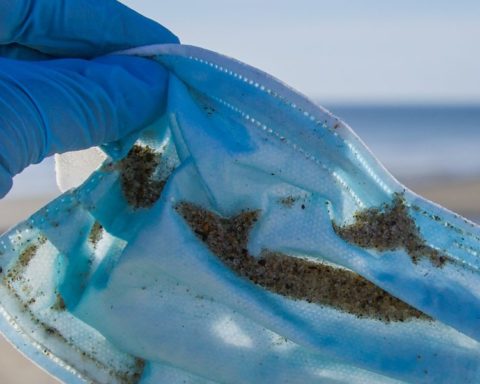by By Pascal Kwesiga
Aircraft currently leave a major footprint on the world’s climate, so can the aviation industry hope to reach net zero by the middle of the century?
In the shallow waters near the ocean shore, giant kelp grows in dense clusters. Much like a forest on land, the thick blades of algae provide food and shelter to thousands of animals and plants.
A root-like structure anchors each strand to rocks on the seabed while gas trapped in the blades – which can reach up to 30m (100ft) long – allow them to rise vertically in the water. Near the surface, the kelp forms a dense canopy wafted by currents and waves.
It is not the first place you might look to find the future of flying. But that is exactly what these tranquil underwater forests could be – a solution to the aviation industry’s significant carbon emissions problem.
Aviation emits 2.4% of global greenhouse gas emissions. And as the world aims to limit global warming to 1.5C by cutting carbon emissions to net zero by the middle of this century, the sector will need to find alternatives to fossil fuels to power aircrafts.
It’s estimated that macroalgaes like kelp and seagrass could remove 61–268 million tonnes (23-295 million tons) of carbon from the atmosphere every year.
Pascal Kwesiga writing for BBC Future
While small prototypes of electric aircraft – and even a few solar powered planes – have shown some promise, they are unlikely to become the workhorses of the industry that carry passengers and cargo around the world. Instead, in the short term at least, aircraft will need to be powered by jet fuel that doesn’t add carbon to the atmosphere.
Enter giant kelp.
It’s this rapid growth that allows kelp to lock large amounts of carbon away within its stripe and fronds – the algal equivalent of a trunk and leaves.
As the kelp is buffeted by the waves, some is pulled from its anchorage and drifts out into the deep ocean. As the gas-filled bladders which keep it afloat burst, the kelp sinks to the seafloor where the carbon is locked away. It’s estimated that macroalgaes like kelp and seagrass could remove 61–268 million tonnes (23-295 million tons) of carbon from the atmosphere every year.







